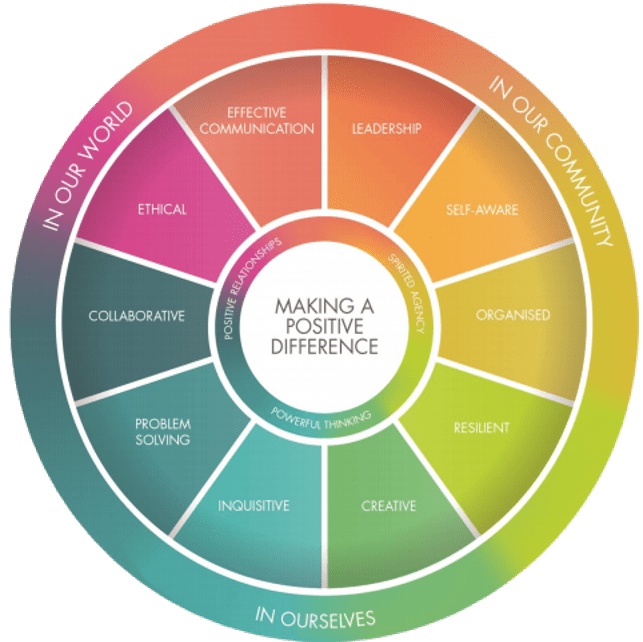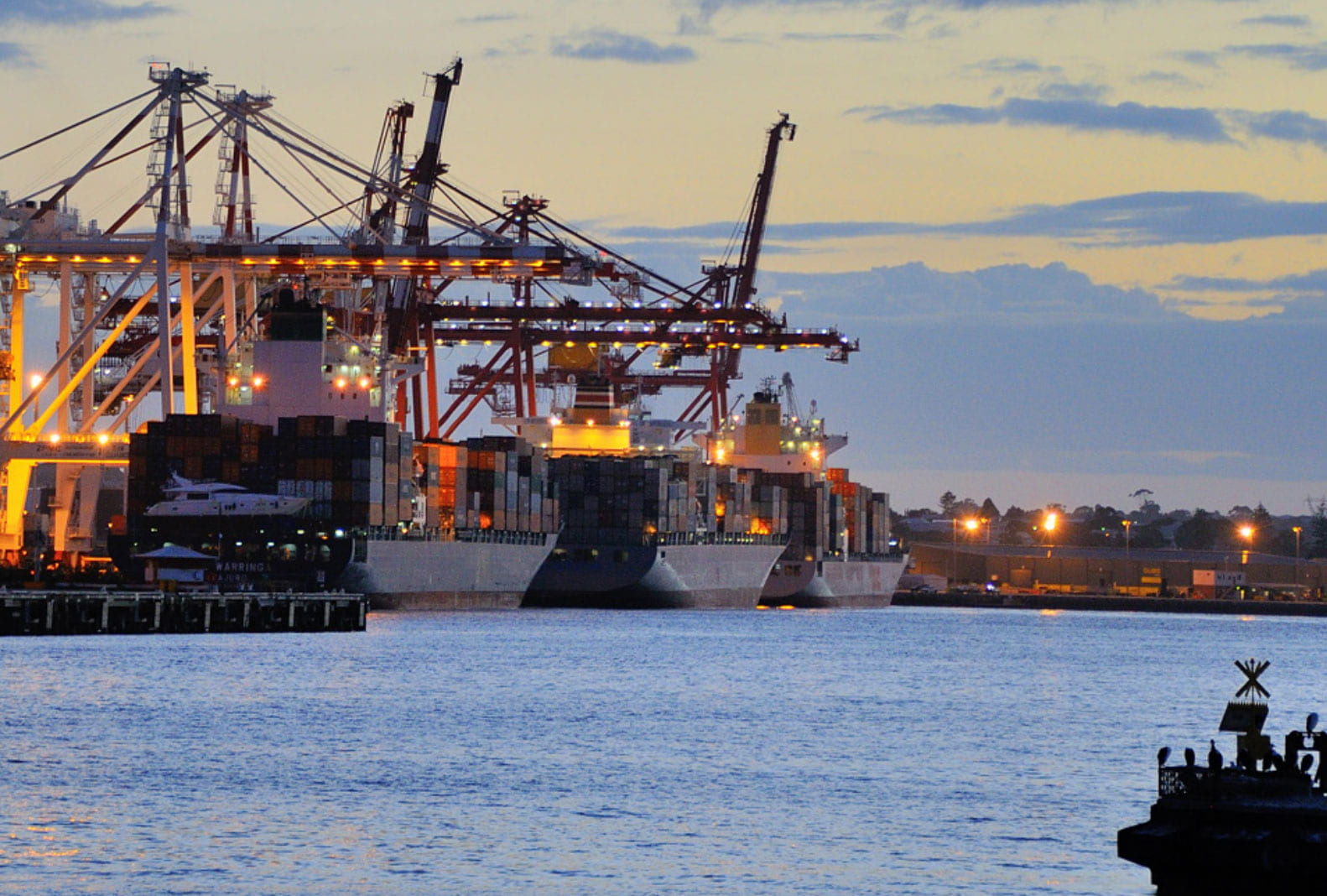PROJECT UTOPIA

What is Project Utopia?
Project Utopia connects us with ‘real-world’ experts who help us develop, iterate and produce a model city based on the UN Sustainable Development Goals. The Future of Fremantle is a planning committee that has a focus on sustaining jobs and creating a strong vision for the redevelopment of Fremantle Port. We were tasked with creating an idea of Fremantle Port that we think would tick multiple factors that would ultimately create a more liveable space for people. This project gave us experience with working with ‘real-world’ experts.
THE PROCESS
We had to go through an extensive process to get to the final result which was a to-scale model with different ideas that the students of each class came up with. Below are the elaborations of each step of the process to developing the model.
~ The Giver (English) ~

What is The Giver?
The Giver, written by Lois Lowry, is a story about a society with citizens who have no memories of its past, except for the individual known as the Receiver of Memory. Citizens are not given freedom or choice. Without choice, the elders of society believe they can prevent negative elements, such as war and poverty. The novel explores the different elements that creates a perfect world.
How does The Giver relate to Project Utopia?
The society Lowry depicts in The Giver is a utopian society—a perfect world as envisioned by its creators. It has eliminated fear, pain, hunger, illness, conflict, and hatred—all things that most of us would like to eliminate in our own society. Project Utopia is about creating a world that people like, so we find the flaws in the city in The Giver and, try and find solutions that will help make our own city better.
~ Excursion to Fremantle Port ~

Why did we go to Fremantle Port?
In the beginning of this project, we took an excursion to Fremantle to see the Port. We spent the morning looking around at different tourist attractions and the Port itself. Visiting Fremantle was important as it allowed us to see the sheer size of the port which allowed us to see the scale and area that we were building on.
~ Liveability (HASS) ~

During Term 2 in Humanities, we were focusing on liveability. We learnt about the different factors of liveability including: climate, safety and stability, environmental qualities, infrastructure and some others. Learning about liveability and the different factors that help make a place more liveable was essential to Project Utopia as it was all about creating a place that people like. We also learnt about some strategies to improve liveability which we were able to apply when we were designing Binowee Yaringa (7Y’s Aboriginal name for the space, meaning “green place by the sea”).
~ Vision board ~
The vision board went through a process that led up to a final product that we showed during Grandparents’ morning.
Brainstorming Ideas:
We first started with brainstorming ideas. We made a brainstorm named “100 ideas” and as the name says, we came up with 100 ideas. This helped us get our brain rolling with ideas. After we finalised our ideas, we divided the ideas into categories such as housing, sustainability, transport, fun and recreation, businesses and jobs, and cultural heritage. We divided these categories among the members in my group and started to do some further research to strengthen our ideas.
Creating the vision board:
We collected all the ideas that we thought were quite good and found some images. We also linked all our ideas to the Sustainable Development Global Goals that we had learnt previously. Then we started creating a plan of the layout of the board. I think my group wasn’t as strong in this part as we were quite disorganised. Finally, we finished the vision board and presented it.

~ Report ~
With our groups, we created a cohesive report outlining and explaining the different ideas each group had. This sometimes proved as a challenge as there was always (in my group at least) one or two things that we were missing in our final report. However, despite all of these, we managed to pull through and present a finished model on time.
~ The Model ~

Making the model was my favourite part of the process of Project Utopia. We started with pooling all the ideas that each of the vision board groups had. We then selected the ideas that would be best for 7Y’s model. We came up with a name for 7Y’s plan for the area, Binowee Yaringa. It means green place by the sea and seemed appropriate considering the amount of green space we had on the model to regenerate the natural greenery. The class was split up into two groups, one group doing the model and one group doing Cospaces (a virtual 3D world builder). I created the map that would be used to plan out wear everything will go on the model. One of the main features of our model is that everything is to scale. The scale was for every 1cm on our model would be 24m on the real Fremantle Port. Another feature of our map is that the inner areas are completely car-free. To substitute cars, we came up with a light rail that goes through the whole area and we had a lot of bike paths that had bollards that came up for food deliveries and emergency vehicles. We placed the light rail and bike paths. We then made every building to scale and placed it on the map. After many hours of working on this model, we came up with a model that the whole class was proud of. For more information about the ideas that 7Y had, there is a button at the bottom that is attached to a report that explains all 7Y’s ideas.
~ Presenting The Model ~
We had a presentation of the model and I think it went really well. Each group had a piece of the model and a speech about some ideas that we had rehearsed in English beforehand. The parents were asking questions and interacting with us. Below is a photo of my group presenting our ideas to some parents.

THE CAPABILITIES

The Capability Wheel
In All Saints, we build the capabilities, a framework that expands on essential skills used in the world around us. This is the capability wheel which shows us 10 necessary abilities which will help give us important experiences that will benefit the real-world.
~ Collaboration ~
Collaboration is the process of two or more people, entities or organizations working together to complete a task or achieve a goal. Collaboration is a vital ability to have in the world, so having the opportunity to collaborate with both smaller groups and our class was invaluable. I especially found collaborating with smaller groups quite challenging as we were required to create a vision board displaying all the ideas. Collaboration encourages problem-solving which is also an important skill to have. Collaboration was also essential as we can learn about different perspectives from people who we would not normally work with.
~ Effective Communication ~
Effective communication is the process of exchanging ideas, thoughts, opinions, knowledge, and data so that the message is received and understood with clarity and purpose. It also means you are able to listen, understand, and take action on what other people say. I had to use effective communication when we were working in small groups. Sometimes it was quite hard to communicate between group members but a big part of effective communication is also listening to what other people have to say. When my group and me listened and communicated effectively, we had much better results.
~ Creative ~
Creativity was another important capability used in Project Utopia. In order to create a successful and new city, there must be successful and new ideas. We had to create innovative ideas that would appeal to different demographics of people. We also were tasked with researching different innovative ideas that have worked well in other countries.
~ Problem solving ~
Throughout the whole project, some problems occurred, especially with groupwork and trying to communicate different ideas. We had to use another capability, resilience, to try and push through these problems. For example, when we were making the model, there was some miscommunication that would eventually lead to problems. Having the capability of problem-solving and resilience under our belt, the project was a lot easier and allowed for a better final result.
CONCLUSION
In conclusion, I really enjoyed this project. Although it could be a bit stressful at times, I learnt and developed a lot of capabilities. I think this was an important project that utilised both real-world experience and capabilities that were yet to be developed. Below is a button of a report that I wrote explaining all the different ideas that 7Y had.
